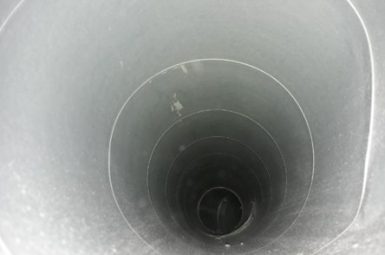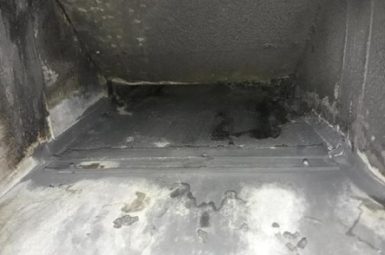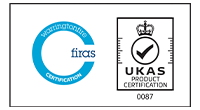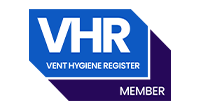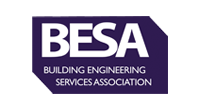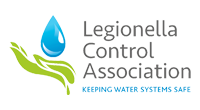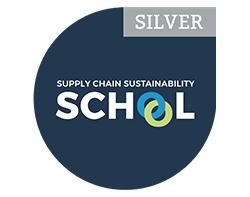Local Exhaust Ventilation Surveys (LEV)
Ensure your LEV Systems
are Compliant
What is an LEV system?
LEV is an engineering control system to reduce exposures to airborne contaminants such as dust, mist, fume, vapour or gas in a workplace (Figure 1).
Most systems, but not all, have the following:
- Hood: This is where the contaminant cloud enters the LEV.
Receiving Hood

Capture Hood

Partial Enclosure
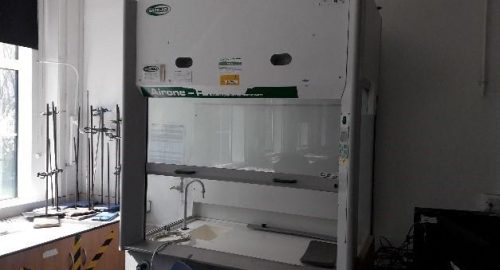
- Ducting: This conducts air and the contaminant from the hood to the discharge point.

- Air cleaner or arrestor: This filters or cleans the extracted air. Not all systems need air cleaning.
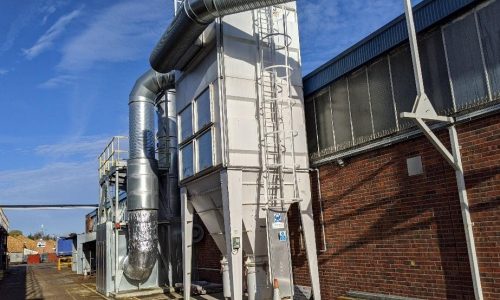
- Air mover: The ‘engine’ that powers the extraction system, usually a fan.

- Discharge: This releases the extracted air to a safe place.
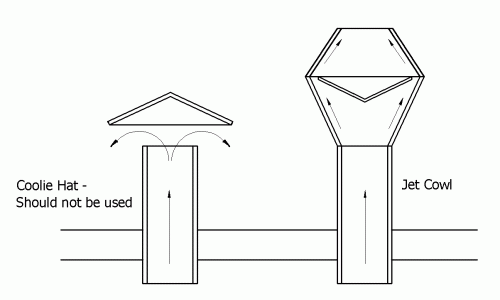
Is thorough examination and testing of LEV systems a legal requirement?
Yes – if you are an employer, you must legally test your LEV extraction systems. Failure to do so could result in prosecution and a number of issues regarding insurance.
The systems have to be classed as being maintained in an ‘efficient state in efficient working order’ and all data associated with testing needs to be recorded. If an audit happens or if an insurance company looks into the business, records from the last 5 years need to be provided. A good repair company should be contacted if the system has any temporary/permanent operational damage or there is a great possibility of exposures to airborne contaminants.
Hydro-X Air has designed a fully comprehensive inspection report to meet COSHH regulations for Local Exhaust Ventilation (LEV) TExT.
The maximum time between tests of LEV systems is set down in COSHH and for most systems this is 14 months (see the exceptions in HSG 258, Table 18). If wear and tear on the LEV system is liable to mean that the system effectiveness will degrade between tests then thorough examinations and tests should be more frequent.
As an LEV Testing company – our consultants are P601 trained, and when on-site part of their testing survey would be to inspect on-site user manuals, logbooks, all paperwork relating to LEV Systems.

What are the responsibilities regarding LEV thorough examination and testing?
People who supply, own and use LEV have legal duties.
The employer of the people being protected by the LEV has legal responsibilities under the Health and Safety at Work etc Act 1974 (the HSW Act),3 the Control of Substances Hazardous to Health Regulations 2002 (as amended) (COSHH)4 and the Management of Health and Safety at Work Regulations 1999 (MHSWR).5 There are also special provisions for employers in safety data sheets under REACH6 (see paragraphs 82–86).
LEV suppliers have legal responsibilities under the HSW Act and the Supply of Machinery (Safety) Regulations 2008 (SMSR),7 including ‘essential health and safety requirements’.
If an employer is using a substance that could form an explosive atmosphere, they must consider their responsibilities under the Dangerous Substances and Explosive Atmospheres Regulations 2002 (DSEAR),8 and the supplier of equipment for use in an explosive atmosphere their responsibilities under the Equipment and Protective Systems Intended for Use in Potentially Explosive Atmospheres Regulations 1996.
Service providers have legal responsibilities under the HSW Act and the Construction (Design and Management) Regulations 2015 (CDM 2015).9
Local Exhaust Ventilation (LEV) Survey Services
A full photographic written report will be provided on completion of our testing work which would include as a minimum:
- System details
- System performance
- Site maintenance checks
- Inspection report
- Recommendations
> Enquire about our Local Exhaust Ventilation Surveys
> View our other Air Hygiene services
HSG258 – Controlling Airborne contaminants at work (Local Exhaust Ventilation)
Local Exhaust Ventilation/LEV Surveys and LEV Testing services are extremely beneficial to an employer – and they can literally save lives. The HSG258 details how the competent person (the one tasked with conducting the lev tests) can help to prevent breathing problems for employees (via exposure to toxic elements).
HSG258 – Control of Substances hazardous to health (COSHH)
If a substance is used and there is a risk to someones health and safety (be that the employee, employer or a member of the public), the HSG258‘s guidelines must be followed.
They were applied in 1988 and sanctions could be handed out for misdemeanors a year later. The legislation concerning the control of substances has maintained the LEV in the workplace element consistently for over 30 years. Contrastingly, after multiple changes, the other elements have been improved to become more succinct.
What is a Local Exhaust Ventilation (LEV) System?
A local exhaust ventilation system is a structure with the primary objective of preventing unwanted exposures to a number of different elements in the air. These include Vapour, Fumes, Mist, Dust and Gases.
They are primarily in workplaces, although they have been known to feature in domestic properties too (if the landlord is particularly health and safety conscious). The better an LEV system is, the more effective it will be at removing airborne contaminants from buildings.
It is essential for the LEV Testing company to identify the different components:
- Machine guards need to be classified as they also extract contaminated air
- Furnaces/ovens that contain flues
- If large volumes of contaminated air are absorbed by the system, this needs replacing efficiently, and a system needs to be put into place





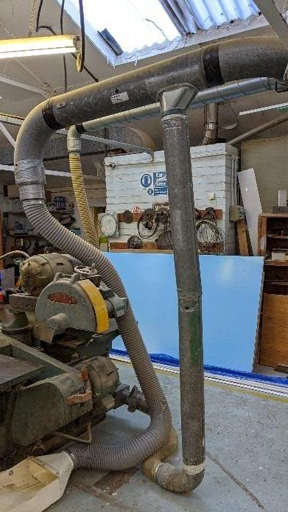
Talk to us today about your air hygiene requirements
We work in a variety of industries

Education

Hospitality

Facilities Management

Government Buildings










